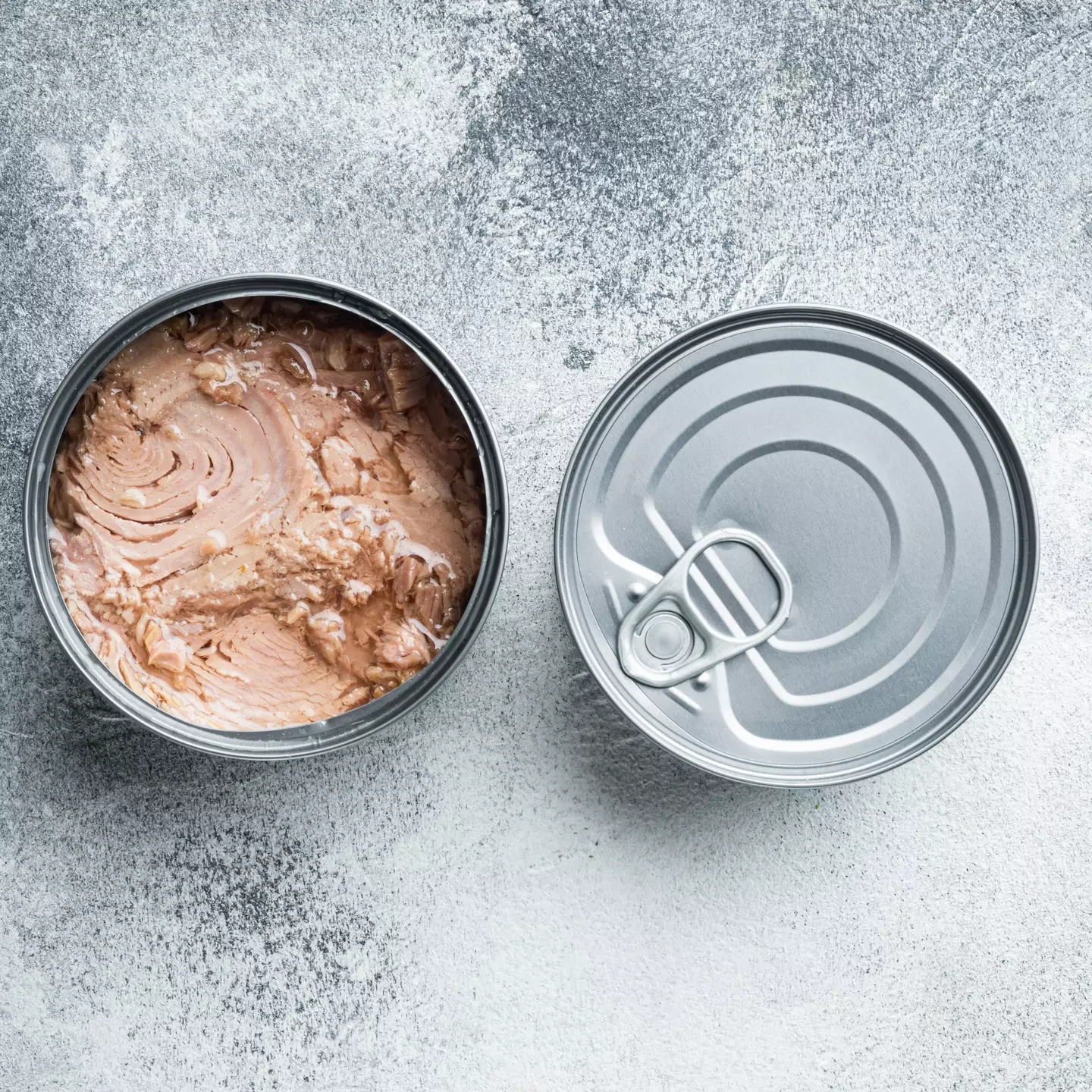Tinned tuna has long been a staple in diets worldwide, valued for its convenience and high omega-3 content. But recent findings reveal alarming levels of mercury in tinned tuna products across Europe, raising serious health concerns. Calls to ban tinned tuna from schools, hospitals, and care facilities are growing louder, with advocates pushing for regulatory changes to protect vulnerable populations. This article delves into the health risks of mercury exposure, the dangers for sensitive groups, and the push for stricter mercury regulations.
Mercury Levels in Tinned Tuna: A Startling Discovery

A recent study tested nearly 150 tins of tuna from countries like the UK, France, Germany, Italy, and Spain. Shockingly, every sample contained mercury, with 57% surpassing the recommended safety limits for fish. The study highlights the high mercury levels that accumulate in tuna—a top predator in the food chain that consumes smaller, mercury-laden fish. As tuna absorb mercury over time, they pose a risk of mercury buildup in people who consume them, leading to serious health concerns, particularly for children, pregnant women, and the elderly.
Health Risks Linked to Mercury in Tinned Tuna
Mercury exposure can significantly impact health, especially with prolonged or high-level exposure. Some of the main health issues linked to mercury toxicity include:
- Nervous System Damage: Mercury can severely impact the central nervous system, causing memory loss, tremors, and impaired concentration.
- Sensory Impairment: High mercury levels can lead to blurred vision, hearing loss, and difficulties with speech.
- Respiratory Problems: Mercury exposure has been associated with lung damage, presenting symptoms similar to respiratory infections.
- Gastrointestinal Distress: Mercury poisoning may cause nausea, vomiting, and flu-like symptoms.
- Increased Cancer Risks: Some research suggests that long-term mercury exposure could raise cancer risks.
These findings have led many health experts to sound the alarm, urging for more rigorous regulations to limit mercury exposure through commonly consumed foods like tuna.
Protecting Vulnerable Groups: Calls for a Ban in Public Facilities
Advocacy groups such as Bloom and Foodwatch argue that mercury-contaminated tuna poses a particularly high risk to vulnerable populations like children, hospital patients, and pregnant women. These groups, often reliant on meals from schools, hospitals, and care facilities, may have limited dietary choices, leaving them susceptible to mercury-related health risks.
Advocates are now urging European authorities to remove tinned tuna from public institutions until mercury levels can be reduced to safer standards. Protecting those who lack control over their food options has become a priority in this growing call for tighter food safety regulations.
Understanding Mercury Levels in Tuna and Why They’re High

European standards currently allow up to 1 mg of mercury per kilogram in tuna, which is three times higher than the limit set for many other fish. Critics argue that this lenient standard prioritizes industry interests over public health by permitting tuna with higher mercury levels to be legally sold. According to Bloom, this threshold means that up to 95% of mercury-laden tuna meets the legal standards, which they argue endangers consumers’ health.
Foodwatch has called this leniency a “colossal risk to public health.” They claim that industry lobbying has kept mercury standards high for tuna, a choice they believe compromises the well-being of millions of European consumers.
Proposed Regulatory Changes for Safer Tuna Consumption
Advocacy groups are pushing for several changes to improve mercury safety standards in tuna. These proposals include:
- Lowering Mercury Limits: Bloom and Foodwatch advocate for reducing permissible mercury levels in tuna to match the lower standards for other fish.
- Clearer Product Labeling: Campaigners are demanding labels that disclose mercury levels and provide warnings for vulnerable groups, helping consumers make safer choices.
- Retailer Responsibility: Bloom and Foodwatch urge supermarkets to stop stocking tuna products that exceed safe mercury levels, protecting consumers from unnecessary exposure.
- Restrictions on Tuna Advertising: They suggest pausing tuna product promotions until updated safety standards and mercury warnings are in place.
Foodwatch’s CEO, Karine Jacquemart, calls the current situation a “health scandal” and vows to keep pushing for stricter mercury regulations in Europe until more robust protections are in place.
The UK Food Standards Agency’s Recommendations for Tuna Consumption

The UK’s Food Standards Agency (FSA) has provided specific guidelines on tuna consumption for pregnant women and those planning to become pregnant. They advise limiting intake to two tuna steaks or four cans per week due to mercury concerns. Mark Willis, FSA’s Chief Chemical Contaminant, notes that tuna’s high mercury levels require strict consumption limits.
However, both Bloom and Foodwatch argue that the current permissible mercury limit of 1 mg/kg in the UK and EU is too high to adequately protect public health. Given that over half of the tested tins exceeded the 0.3 mg/kg limit applied to other fish, they believe that consumers are being exposed to unnecessary risks.
The Role of Industrial Fishing and Lobbying in Mercury Standards
Consumer rights and environmental advocates argue that industrial fishing and lobbying have significantly influenced public health policies regarding mercury in tuna. They claim that industry lobbying has prioritized economic benefits over health safeguards, creating a “cynical” situation where the financial interests of the tuna industry are valued over consumer safety.
Bloom notes that European authorities maintain high mercury thresholds to avoid disrupting tuna supply chains, which critics argue goes against the mandate to protect public health. Advocates argue that a stricter approach is necessary to prioritize consumer health above industry profits.
Conclusion: Reassessing Tinned Tuna’s Place in Our Diets
The findings on mercury contamination in tinned tuna bring an urgent need for public health policy changes and increased consumer awareness. While tinned tuna has been a reliable source of nutrition, these recent revelations emphasize the need for safer mercury limits and transparency in food labeling. By tightening mercury regulations, mandating clear labels, and potentially limiting tuna in public institutions, policymakers can take essential steps to safeguard consumers—especially the most vulnerable.
As the debate over mercury standards in tuna continues, staying informed about the potential health risks is essential for consumers. With increased awareness and advocacy, we can push for changes that allow us to enjoy tinned tuna without compromising our health.


